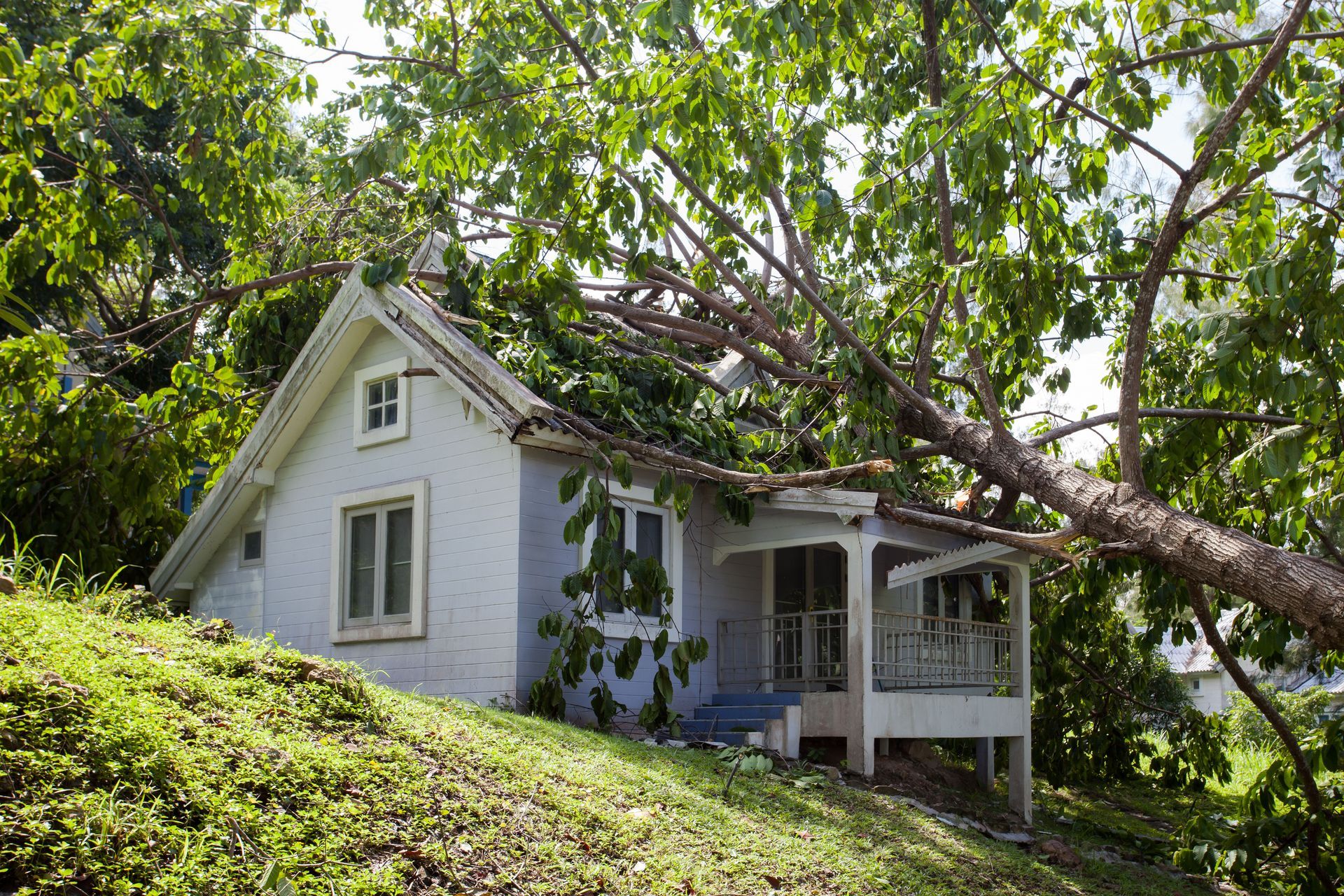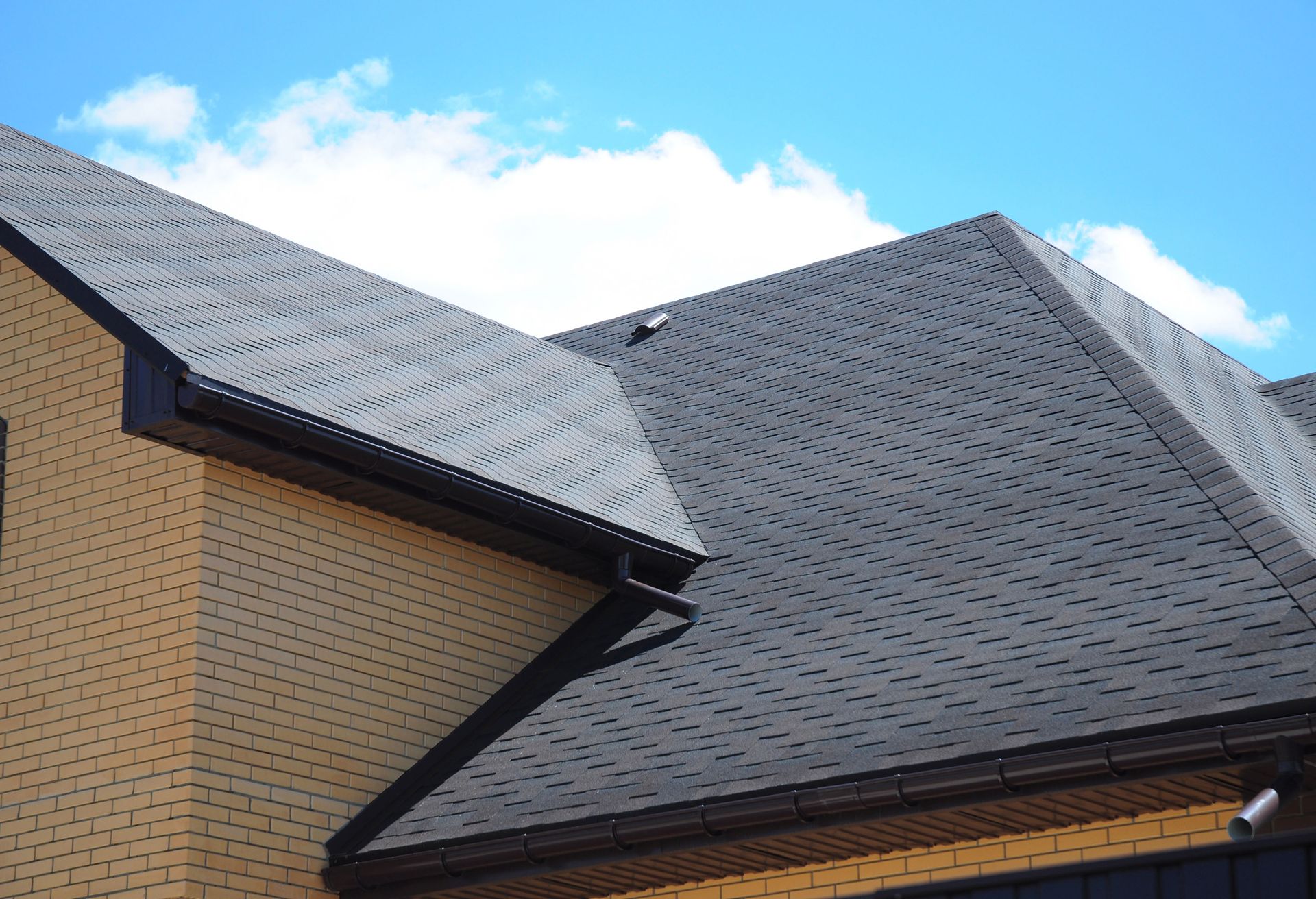Roof Replacement Resilience: How to Ensure Your Roof Stands Strong Through Every Season
A robust roof is a critical component of any home, offering protection against a myriad of weather challenges. Understanding the complexities and decisions involved in creating a resilient roof is essential for any homeowner. Below, we explore the essential steps and considerations to ensure your roof remains durable and resilient year-round, guarding your home through various weather conditions. By taking proactive measures, homeowners can extend the lifespan of their roof replacement. Read on to explore how to select materials, implement best practices, and maintain a resilient roof effectively.
Understanding Your Environment and Climate
Understanding local weather patterns is vital for optimizing roof durability. Each geographic region experiences its unique set of challenges, from heavy rains to intense sunlight. Identifying these patterns allows homeowners to choose materials that resist the specific demands of their environment. For example, in areas prone to heavy snowfall, durable materials and proper sloping are crucial. Such analyses enable informed decision-making, ultimately enhancing roof longevity.
Climate change introduces new challenges for maintaining roof resilience, too. Increased temperature fluctuations and unpredictable weather patterns demand more comprehensive solutions. These changes necessitate advancements in material technology and design to ensure roofs can cope with more extreme conditions. By evaluating future climate predictions, homeowners can make strategic choices about roofing materials and design. Future-focused planning is crucial for enduring roof performance.
As sustainability becomes increasingly important, exploring eco-friendly roofing options is also essential. Materials like recycled metal, cool roofs, and green roofs offer environmentally friendly alternatives. These options reduce carbon footprints while providing excellent durability and energy efficiency. Additionally, they often come with extended lifespans and can qualify homeowners for tax incentives and credits. Prioritizing sustainability helps protect both your home and the environment.
The resilience of roofing materials under extreme conditions, such as hail or high winds, is a significant consideration as well. Certain materials, like metal or composite shingles, have been engineered to provide superior protection against severe weather. Choosing materials with proven performance in adverse conditions ensures a reduced risk of damage and infiltration. Selecting weather-resistant options provides peace of mind, withstanding even the fiercest storms; this is crucial since 33% of roofs are replaced due to storm damage, according to RubyHome. Investing in resilient materials is a proactive approach to safeguarding your home.
Understanding Best Practices for Roof Replacement
Engaging a professional for your roof replacement is critical to ensuring durability and performance. Experienced contractors bring technical expertise, minimizing the risk of installation errors that could compromise your roof's integrity. Their trained knowledge supports optimal material handling, positioning, and sealing, ensuring each component functions correctly. Furthermore, professional installation often incorporates compliance with local building codes and safety standards. Trusting specialists ultimately elevates the quality and longevity of your roofing system.
Choosing the right timing for roof replacement can greatly affect project success and efficiency. Avoiding extreme conditions, such as the peak of summer heat or winter’s cold, helps ensure favorable working climates. Spring and fall generally present optimal conditions for roofing, offering moderate weather that facilitates effective installation. Under these conditions, adhesives and seals properly cure, providing a tighter, more robust finish. Strategically planning your installation according to season enhances overall results and roof performance.
Conducting thorough inspections and quality assurance checks after installation is essential for identifying potential issues early. A detailed evaluation ensures all materials have been installed according to specification and remain undamaged. Verifying component functionality, such as proper ventilation and drainage, safeguards against long-term issues. It's advisable to engage your installer or an independent inspector to carry out this comprehensive assessment. Regular post-installation checks secure lasting roof resilience.
Scheduling Routine Maintenance and Inspections
Consistent maintenance plays a vital role in preserving roof integrity and function. Implementing an annual schedule for inspections and upkeep allows for timely identification and addressing of minor issues. Routine tasks might include clearing debris, checking for loose shingles, and assessing sealants for cracks. Regular maintenance strategies extend the lifespan of your roofing, optimizing investment and protection. A proactive approach to care ensures ongoing roof resilience and performance.
Early identification and repair of minor roof damages can prevent more severe problems. Regularly scan for issues such as missing shingles, leaks, or damaged flashing from the ground or attic space. Prompt attention to these problems prevents moisture infiltration and structural deterioration. By addressing these small issues, you save on expensive fixes, reinforcing roof strength and durability. Swift, decisive action maintains your roof’s resilience and functionality.
As the seasons change, preparing your roof for varied weather conditions is crucial. Each transition brings specific challenges, from potential ice dam formations in winter to high heat and UV exposure in summer. Tackling seasonal preparations proactively prevents rapid degradation and significant issues. Ensure insulation and ventilation systems are optimal, and address any material vulnerabilities promptly. By adapting maintenance routines to meet seasonal demands, you reinforce roof resilience year-round.
Enhancing Roof Resilience With Technology
Integrating smart roofing technology can significantly enhance the performance and health monitoring of your roof system. Tools such as sensor-equipped shingles and digital moisture detection offer real-time data on structural conditions and potential issues. These systems enable preemptive measures, mitigating risks before damage becomes severe, and providing ongoing savings and protection. Homeowners can also gain insights into energy performance and potential efficiency improvements. Leveraging smart technologies represents a forward-thinking approach to roof resilience.
Using heat-reflective pigments and coatings is an effective strategy for combating extreme temperature exposure. These specialized finishes reflect solar radiation, thus reducing surface temperatures and lowering cooling costs in warm climates. Applying such coatings extends material life by minimizing thermal expansion and contraction damage. Homeowners can enjoy lower energy expenditures while ensuring sustained roof performance. Heat-reflective solutions offer a practical, cost-effective avenue for enhancing roof resilience.
Considering Financial and Insurance Implications
Comprehensive financial planning is crucial when preparing for roof replacement investments. Understanding material, labor, and potential contingency costs enables a well-defined budget. By anticipating these expenses, homeowners can allocate resources and avoid financial strain during the project. Consider potential financing options or savings plans to ensure access to quality materials and craftsmanship. Strategic financial visualization supports a stress-free undertaking, focusing on quality and longevity without financial compromise.
Navigating roofing insurance policies effectively requires a solid understanding of specific coverage details. These typically include conditions for storm damage, material defects, and other crucial risk factors. Familiarize yourself with insurer jargon and policy specifics to ensure coverage matches your roof's needs. Knowing these details aids confident decision-making during claims or dispute resolutions. This knowledge fortifies your position, safeguarding against financial hits from unforeseen damages.
Investing in a resilient roof delivers extensive long-term financial benefits. Durable materials and expert installation reduce repair frequency, minimizing associated costs over time. These durable investments preserve property value and curb expenditures tied to heat gain or structural damage. Moreover, resilient roofs often increase market appeal, attracting buyers interested in quality craftsmanship. Prioritizing durability upfront ensures financial prudence extends throughout ownership.
It’s crucial to harness expert knowledge and strategic planning to ensure your roof remains a formidable defense against nature's challenges. Through proactive choices, you can enhance your home’s protection and value, ensuring lasting peace of mind. Embrace these strategies to maximize the resilience and longevity of your roof replacement. Get in touch with our team at Dillman Brothers today to get started with our quality roofing services!











Share On: